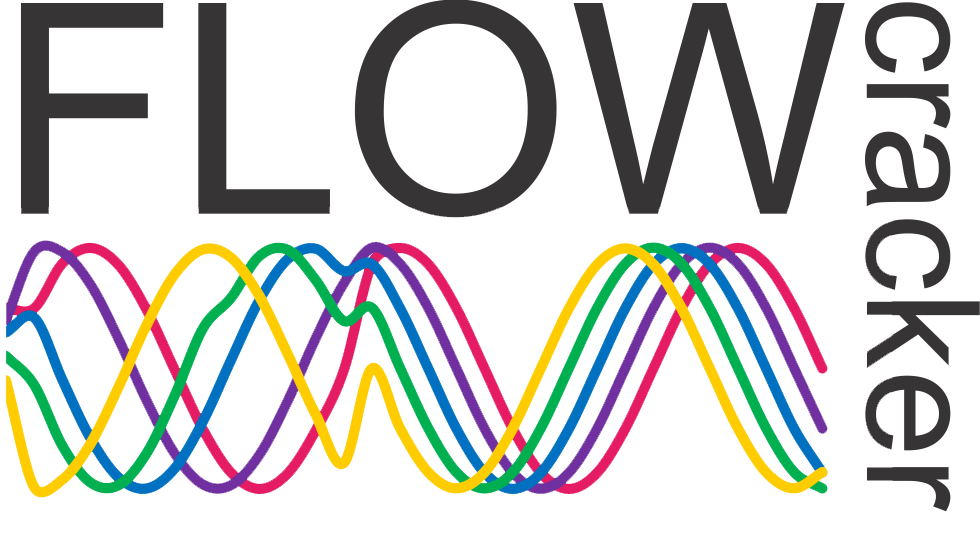

Agile coaching is intended to build lasting capability in teams and organizations. But far too often, once the coach exits, things quietly fall apart. Stand-ups become silent. Retrospectives get postponed. The backlog drifts into disuse. In other words: coaching ends—and so does agility.
Why does this happen?
At Flow Cracker, we’ve seen that most Agile coaching doesn’t fail because coaches lack skills. It fails because it’s not designed for sustainability. And in many cases, the failure isn’t in the coaching—it’s in the system that resists being coached.
In this article, we explore the common failure modes of Agile coaching, not just from the coach’s side, but from organizational patterns that block sustainable change. We then share how we design coaching engagements that leave capability behind—not dependency.
The Problem: Coaching That Creates Dependency
Too often, Agile coaching becomes a service to perform Agile, rather than build lasting agility. Some signs of this include:
- Tool Obsession – Coaching becomes about JIRA dashboards, burn-downs, and ceremonies, not outcomes or flow.
- Hero Syndrome – Coaches are treated as experts who must solve everything, making teams reliant on them.
- Organizational Bypass – Coaches work with teams, while system-level issues remain unaddressed.
- No Exit Strategy – There’s no handover plan, no internal coaching bench, no long-term sustainability.
As a result, Agile becomes a façade. And when the coach leaves, so does the momentum.
It’s Not Just the Coach: When the Organization Fails Coaching
Many coaching efforts fail not because of the coach, but because the organization isn’t coachable. Here are five common organizational anti-patterns that block coaching from taking root:
Leadership Above the System
Many leaders treat Agile as something “the teams need to do.”
- Agile by Optics: Agile is promoted to peers or execs, but not practiced in budgeting, governance, or strategic decision-making.
- No Modeling of Behavior: Leaders continue operating with centralized control, even while asking teams to self-organize.
- Misaligned Structures: Organizational systems—performance reviews, funding cycles, staffing—remain untouched.
When leaders think agility is for teams but not for them, transformation becomes theater.
Teams Want to Change—But the System Won’t Let Them
Many teams are eager to try Agile. But without organizational support, they’re set up to fail.
- Scrum Master as an Extra Task: Scrum Masters are often part-time developers or testers, or external contractors with no authority. This weakens facilitation and hinders continuous improvement.
- Product Owners in Name Only: Teams operate without a trained, empowered PO. Often a developer “plays” the role, leading to unclear priorities and poor stakeholder engagement.
- Context Switching and Multitasking: Team members are pulled into multiple projects, making it impossible to sustain Agile cadences.
Agile is a team sport. But when key roles are missing or diluted, no coach can make the team perform.
The Tyranny of Urgency: Firefighting Over Capability
An “everything is urgent” culture kills transformation.
- Coaching Bypass: In high-stress situations, managers directly influence team members, skipping the coach and the Agile process.
- Loss of Coach Credibility: When team members start taking cues from their manager and not the coach, coaching becomes symbolic.
- No Time for Learning: With relentless delivery pressure, teams have no slack to reflect, experiment, or improve.
If your calendar has no room for retrospectives, your system has no room for growth.
Middle Management: The Silent Saboteur
Agile may have strong executive sponsorship, but middle managers—who translate strategy into execution—are often overlooked in transformation efforts.
- Delegated Ownership: Managers hand off the transformation to coaches and step back, expecting results without involvement.
- Escalation Overrides: In high-pressure moments (field issues, factory escalations), managers bypass the coach and instruct teams directly, encouraging shortcuts and undermining Agile principles.
- Watermelon Status: Everything appears green on reports, but internally it’s red. Managers mask the truth, hoping the coach can quietly patch things up.
- Disruptive Reorgs: New leaders enter post-reorganization and take actions that demotivate already-mature teams, causing attrition and frustration.
You can’t build agility on an unstable foundation of fear, opacity, and bypassed accountability.
Reorgs That Disrupt Instead of Evolve
Reorganizations, if done without an Agile lens, can destroy months of coaching effort overnight.
- Leadership Turnover: New leaders often lack awareness of the team’s maturity or transformation journey, and revert to old-school management.
- Loss of Continuity: Skilled Scrum Masters or POs are removed or reassigned without replacements or onboarding, breaking Agile rhythms.
- No HR Partnership: HR, L&D, and business leadership are rarely included in coaching discussions—leading to fragmented systems and misaligned incentives.
Agile coaching can’t thrive if the organizational scaffolding is brittle and disconnected.
From Dependence to Designed Obsolescence
At Flow Cracker, we believe great coaching makes itself obsolete—because it leaves behind capability, not dependency.
Here’s how we design coaching engagements for sustainability:
🧭 Start with the End in Mind
Every engagement begins with the question: What will this team need when we’re gone?
We co-create an exit strategy from Day 1.
🧱 Build Internal Coaches
We train Scrum Masters, Agile Champions, and tech leads to coach others—creating a multiplier effect and ensuring continuity.
🔄 Shadow–Lead–Step Back
We first model behaviors, then co-lead with teams, and eventually step back—ensuring they’ve internalized the mindset, not just the motions.
⚙️ Align with the System
We bring HR, PMO, Finance, and Leadership into the coaching conversation so that Agile doesn’t stay confined to delivery teams.
📊 Leave Systems, Not Just Advice
We first model behaviors, then co-lead with Templates, coaching playbooks, agile dashboards, and team charters—we leave behind tangible tools that sustain transformation.
Common Pitfalls to Avoid
Pitfalls
- Coaching only at the team level
- Bypassing managers
- Focusing only on tools/processes
- No time for reinforcement
- Measuring outputs over outcomes
Why it fails?
- Systemic blockers stay hidden
- Misses key influencers
- Ignores mindset and system change
- Learning doesn’t stick
- Encourages cosmetic agility
Conclusion: Coaching That Sticks
Agile coaching isn’t about being there. It’s about making sure teams don’t need you there.
We must stop treating coaching like a delivery booster and start treating it as a capability builder. That means leaders must engage, structures must support, and coaches must design their own exit.
What do we do?
- Let’s build transformations that outlast the coach.
- Let’s stop treating Agile as a performance—and start treating it as an organizational capability.
- Let’s make coaching obsolete—by making it successful.
Reflect. Design. Step Back.
